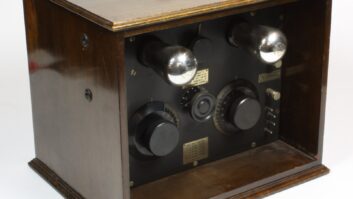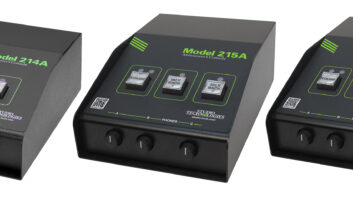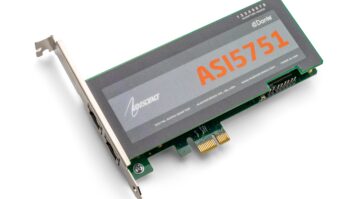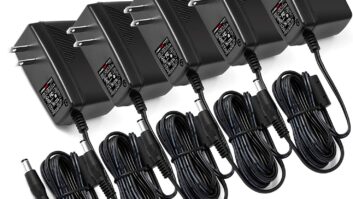Radio World Buyer’s Guide articles are intended to help readers understand why their colleagues chose particular products to solve various technical situations. This month’s articles focus on consoles and mixers.
As Bonneville engineers began to scale up to 100 new studios in six major U.S. markets, they noticed something interesting. More and more touchscreen interfaces began seeping into studios as they standardized on WheatNet-IP in Salt Lake City, Denver, San Francisco, Sacramento, Phoenix and finally Seattle, affecting all 22 stations in six markets.
In Phoenix, for example, they went with small mixer turrets for news desks. But by the time they arrived in Seattle months later, they were putting in touchscreen mixers for similar news desk positions.
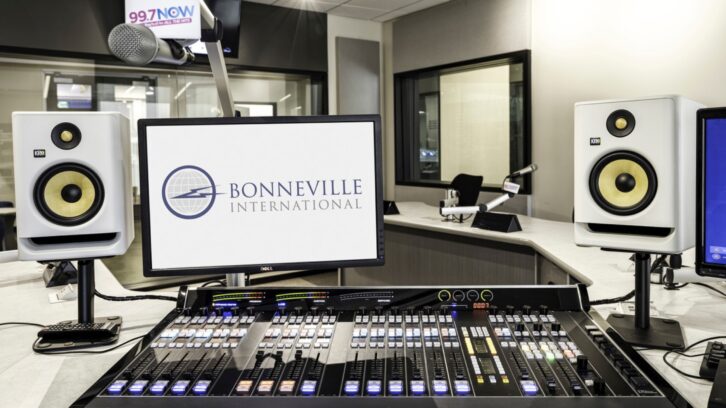
What happened in between was a lot of backend scripting of the WheatNet-IP system to automate processes with switching and logic, which translated over to using touchscreens instead of fixed control panels or console surfaces in some cases.
Software applications and interfaces can fill in the gap where hardware can’t, said Bonneville Regional Director of Technology Aaron Farnham.
Wheatstone’s Screenbuilder for building custom screens and other software such as ReMIX remote app make it possible to route, mix and control studio elements from a touchscreen. “We’re probably using 60 percent of what we have. Now that we have a working knowledge of Screenbuilder, we can fine tune and make our systems more sophisticated,” said Jason Ornellas, regional director of technology for Bonneville International.
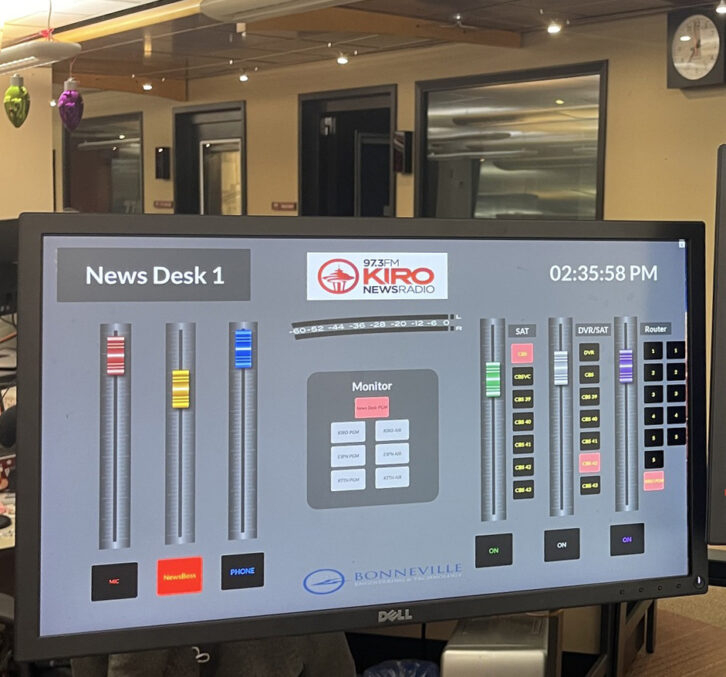
Even the fixed LXE console surfaces for Bonneville’s main on-air studios use touchscreens in place of the console meter bridge. “We now have these three-channel LXE wedges that each have their own screen that looks like a meter bridge but are actually touchscreens,” said Farnham.
The Bonneville team officially completed the six-location project in early 2023, but in many ways, the project is ongoing. “I think for us, there are going to be more software applications or combining more applications and more vendor interoperability in a single box,” said Ornellas.
[Read Radio World’s 2020 profile of Excellence in Engineering Award recipient Jason Ornellas.]







